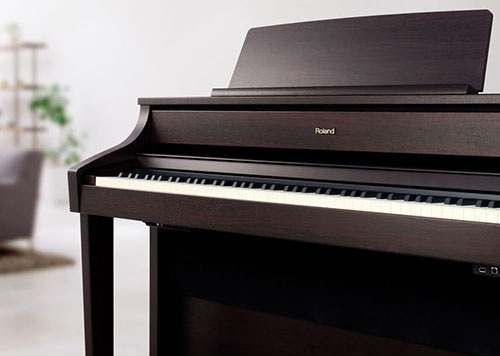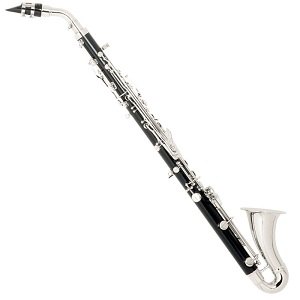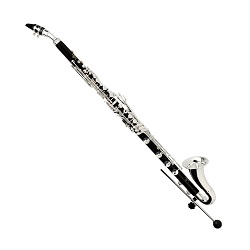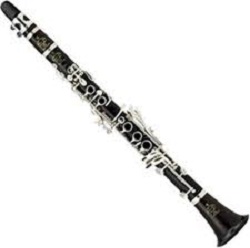If the ukulele is your first instrument, learning it can be overwhelming at the start. Ease into it with this guide on how to read and play ukulele chords.
There are literally hundreds of basic ukulele chords to choose from. If you’re a newbie, that probably sounds overwhelming. Learning an instrument is rewarding but also comes with a fair share of frustrations. Sometimes it may even feel like you’ll never get better.
Did you know it only takes 20 hours to learn anything? This won’t make you a uke virtuoso but you will be able to have fun and play your favorite songs. The key is to break the complexities down into bite-sized pieces.
Keep reading to discover some pretty cool ukulele chords and how to harness their island magic. (That means “play them,” for all you serious types!)
Ukulele Chord Basics
First things first.
If you’re going to play the ukulele, you need to know the basics. Most information you see online will be for the soprano, concert, and tenor ukuleles. This is because they all use the same traditional tuning.
The strings are illustrated as vertical lines (from left to right standard G C E A string) and the frets are the horizontal lines.
String notes from ceiling to floor:
- G string – 4th string (top string)
- C string – 3rd string
- E string – 2nd string
- A string – 1st string (bottom string)
Notice the little “g” for the first string. Many ukuleles are in tune with what’s called “re-entrant tuning.” This means the fourth string isn’t the lowest note. This high “g” lies between the E and A on the scale.
Some people prefer a linear tuning method. Linear tuning uses the “G” tuned an octave down. This makes it the lowest note on the uke and fills out the bass sound.
You will need special strings to tune your ukulele in this way. If you want to learn some sweet ukulele songs, proper tuning is a must.
Example songs that would be best for Ukulele are:
- Adele – Someone Like You
- Train – Hey, Soul Sister
- Jason Mraz – I’m Yours
- Vance Joy – Riptide
Frets
Frets are the spaces between the vertical lines along the neck of your ukulele. By holding down the strings near the fret bars and some strumming patterns, you produce a tone. This is called “fretting.”
The number of frets your ukulele has depends on what size instrument you have.
Bad pun time: Don’t you fret, learning an instrument makes you smarter!
Reading Chord Diagrams

Reading chord diagrams can be confusing for beginners.
Most chord diagrams you come across will be a display of the uke upright and held out in front of you. The “g” will be to the left and the “A” to the right.
A chord diagram displays the four strings and the first four frets of the ukulele. The fretted notes are displayed as black dots on the diagram. At the top of the diagram, you will see the chord spelling and small circles or “X’s.” A dot on the string means this should be fretted, or pressed down to the fretboard using a finger.
The small circles look like the letter “o.” They indicate strings that aren’t fretted and played “open.”
Occasionally you will see little “Xs.” These mean don’t play (mute) that string.
Ukulele Chords

Chords are three or more notes played at the same time. They turn simple melodies into memorable songs. Some of the most common chords in popular music are C Major, A Minor, F Major, G Major, D Major, and E Minor.
“Major” and “minor” refer to the quality of sound.
A common cliche is that major chords sound happy and minor chords sound sad. This is not always true.
Major and minor chords are simply different colors for your paintbrush. What matters is how they’re used.
When playing chords, a good rule of thumb is one finger per fret. For example, use your second finger (the middle finger) on the second fret.
C Major (C or CMaj)
The C chord is probably the easiest chord to play on the ukulele.
To play the C chord, place your third/ring finger on the third fret of the first string. Play the other three strings open. Rest your finger right in front of the fret bar without touching it.
You should get a clear tone as you strum straight down.
A Minor (Am or A-)
To play the Am chord, place your second/middle finger on the second fret of the fourth string. Play the rest of the strings as open.
F Major (F or Fmaj)
To play this resonant chord, place your second finger on the second fret of the fourth string. Your first/index finger goes on the first fret of the second string.
Gmajor (G or Gmaj)
To play this chord, place your first finger on the second fret of the third string. Your second finger goes on the second fret of the first string. Your third finger goes on the third fret of the second string.
The G chord can make your fingers feel a bit squished. Roll your fingers around until all notes sound clear. Make sure you aren’t accidentally muting any strings with a fretting finger.
D Major (D or Dmaj)
You can play the D chord with two methods. First, you can barre your first or second finger on the second fret of the fourth, third, and second strings.
A barre is using one finger to fret multiple strings at a time. It can be a bit challenging for complete beginners. If this is the case, stack your first, second, and third fingers on the second fret of the fourth, third, and second strings, respectively. As your fingers build strength, you’ll be able to use either method effortlessly.
E Minor (Em or E-)
To play Em, start by placing your first finger on the second fret of the first string. Place your second finger on the third fret of the second string. Finally, place your third finger on the fourth fret of the third string.
Play all four strings for this haunting tone.
Strumming
Now it’s time to add some rhythm.
A song is a combination of tones and rhythms. When you play your uke, the tone should be strong and resonant.
With your thumb, strum down from the fourth to the first string. Apply enough force to produce a loud tone. This is the force you should use while strumming.
Hold your fingers as if you are pinching pennies to buy your very first ukulele. With the fleshy parts touching, your thumb should be perpendicular to your index. You will strum primarily with your index finger. The thumb is for support.
Island stum:
Down-Down-Up-UpDownUp-Down-Down-Up-UpDownUp
Use the fleshy pad of your index to strum the up-strokes. They should be just as resonant as your down-strokes.
Practicing and Getting Good
Practice switching between the ukulele chords. This will build muscle memory which will make your playing easier and faster.
Pick two new chords and set a timer for one minute. Write down how many times you were able to switch between the chords in a minute. This is a fun way to get better at chord changes.
UkuTabs is part of the UkuWorld network which also offers ukulele tips & guides, ukulele scales, chord charts, a ukulele tuner, and much more! It plays along with ukulele music, discovers alternate fingerings – all of these contribute to you becoming a better ukulele player.
Learning an instrument is stress-relieving and makes you just a little cooler. The abundance of knowledge online can be overwhelming. It can also slow your progress.
If you find you’ve hit a wall in your playing, there are plenty of ukulele tabs for these and other songs online and an instructor can guide you down a path to success with its ukulele lessons.
Contact us today for a personalized plan for learning your instrument.

















